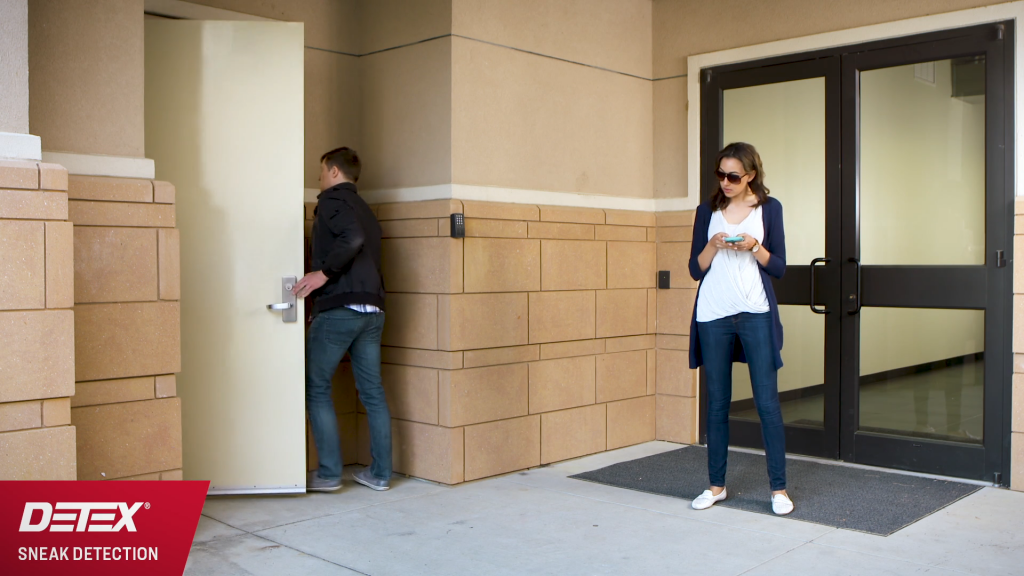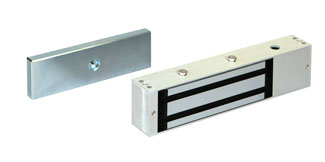If you’ve worked with door hardware, you’ve likely heard of Grade 1 panic devices. But what does “Grade 1” actually mean? More importantly, why should it matter to you or your facility?
What Do the Grades Mean?
The Builders Hardware Manufacturers Association (BHMA) establishes and maintains standards for the door hardware industry, including panic hardware. These standards ensure a consistent level of quality and performance. Panic hardware undergoes rigorous cycle tests to earn one of three grades, each reflecting its durability and reliability:
- Grade 1: Must withstand at least 500,000 cycles
- Grade 2: Must withstand at least 250,000 cycles
- Grade 3: Must withstand at least 100,000 cycles
Grade 1 devices are the toughest, designed for the highest traffic and most demanding environments. Some manufacturers go above and beyond, testing their products well beyond the minimum requirements to ensure maximum durability.
What Makes Grade 1 Different?
As of the latest ANSI/BHMA standard (2020), the requirements for Grade 1 panic devices include a preloading test. This means the device is tested with a simulated real-world load before the cycle test begins.
In real-world scenarios, doors may experience additional force from:
- Air pressure
- Misaligned doors or frames
- Installation issues
The preloading test applies a force equivalent to a net 20-22 pound-force (lbf) to mimic these conditions, making it more challenging for devices to pass. This ensures Grade 1 devices are not only durable but also effective under realistic conditions.
Why Does This Testing Matter?
Panic hardware must perform flawlessly in critical moments, so testing focuses on several key criteria:
- Operation
The device must function consistently, whether in a lab or the field. - Durability
Grade 1 hardware is built to last, ensuring years of reliable use. - Safety and Security
These devices are tested to withstand:- Forced entry from the pull side.
- Heavy push loads from the opposite side.
- Appearance
Grade 1 devices resist corrosion, chemicals, and UV exposure, ensuring they maintain their finish over time.

Why Choose Grade 1 Panic Devices?
Grade 1 panic devices are ideal for high-traffic areas such as:
- Schools and universities
- Hospitals and healthcare facilities
- Stadiums and arenas
- Office buildings
Investing in Grade 1 hardware provides peace of mind, knowing that your exit devices are designed to withstand demanding conditions while maintaining the safety and security of occupants.
Conclusion
Choosing the right panic hardware isn’t just about meeting code requirements—it’s about ensuring durability, safety, and reliability for the life of your building. Grade 1 panic devices set the highest standard, delivering unmatched performance and peace of mind in even the most challenging environments.
When safety is non-negotiable, Grade 1 is the clear choice.









